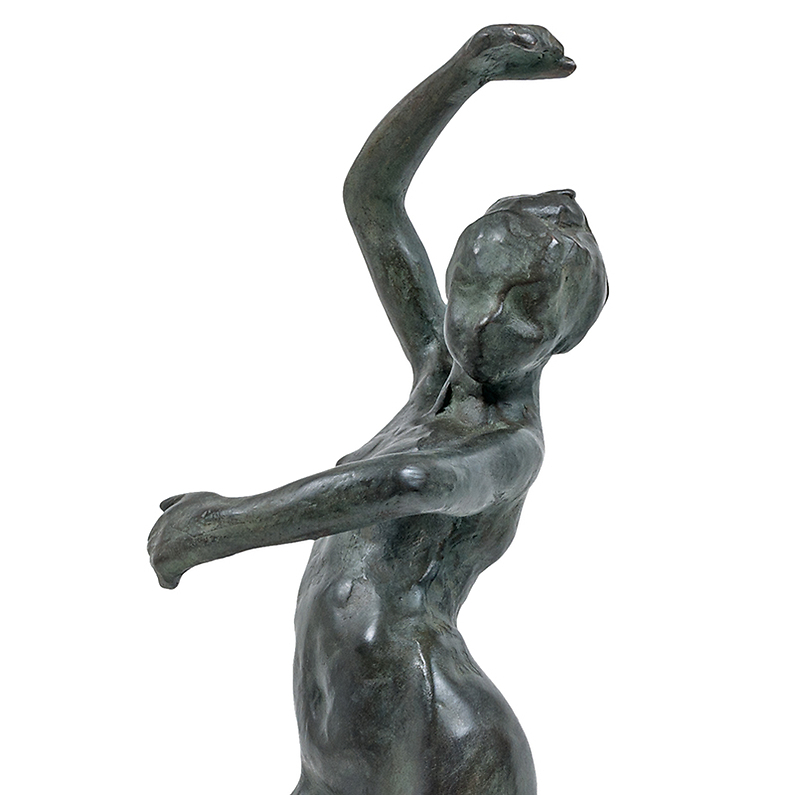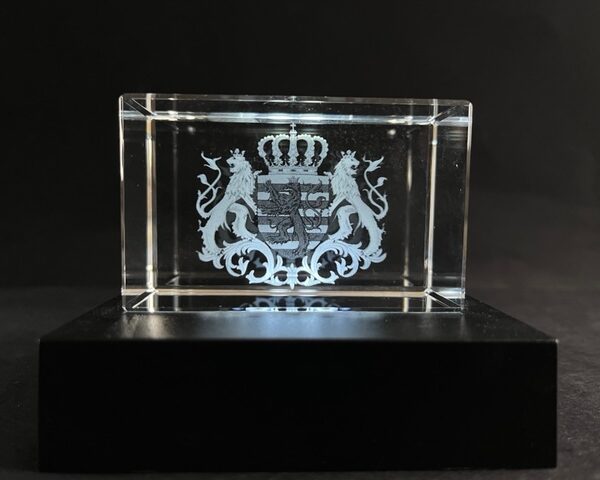Description
Although he is best known as a painter, from the 1860s onward, modeling took an increasingly important place in Degas’ work and by the end of his career, it became his main means of expression.
With the exception of the Little Dancer, fourteen years old, exhibited in 1881, his sculptures remained unknown during his lifetime. It was only after her death in 1917 that they were discovered.
Of the approximately one hundred and fifty pieces found in her workshop, only seventy-three waxes could be saved; they were entrusted to Hébrard who melted down, with lost wax, twenty-two series in bronze, marked from A to T and exhibited for the first time in 1921. The P series entered the Louvre in 1930.
Modeling offered Degas a field for experimentation. “The older I got, the more I realized that in order to arrive […] at an accuracy so perfect that it gives the sensation of life, it is necessary to resort to the three dimensions […] because almost nothing is appropriate” he declared to the critic Thiebault-Sisson.
If the same subjects are used – horses, dancers, women washing themselves – it is because the sculptures were only intended to improve his paintings. Very difficult to establish, their chronology rests above all on criteria of style, growing freedom of facture, and security in the analysis of movement.


























